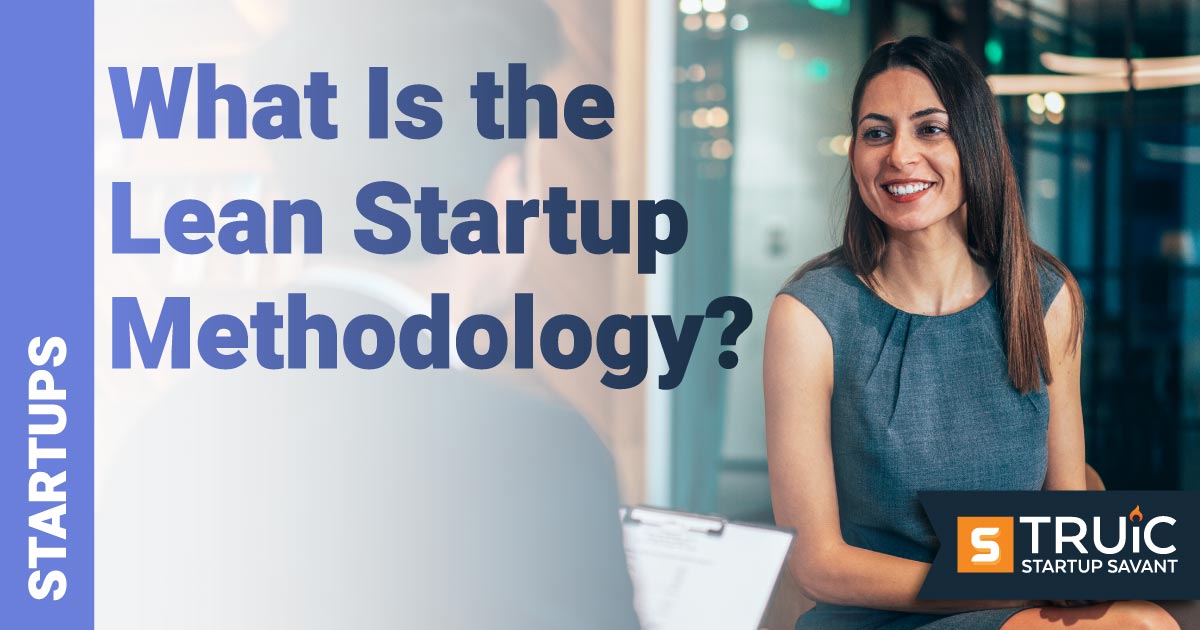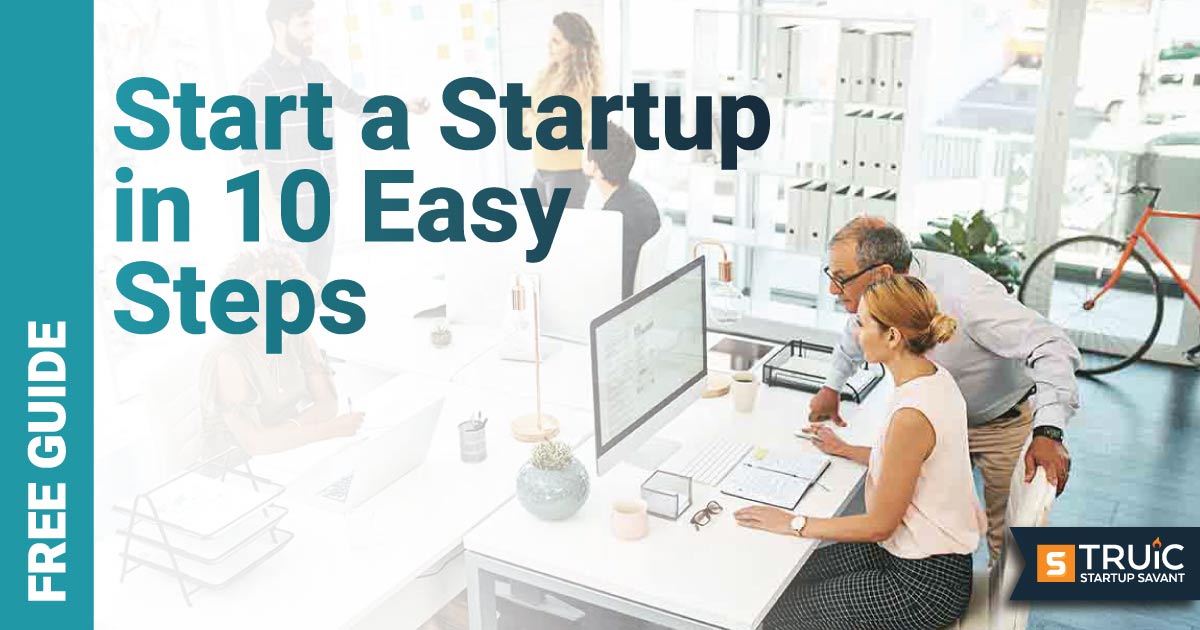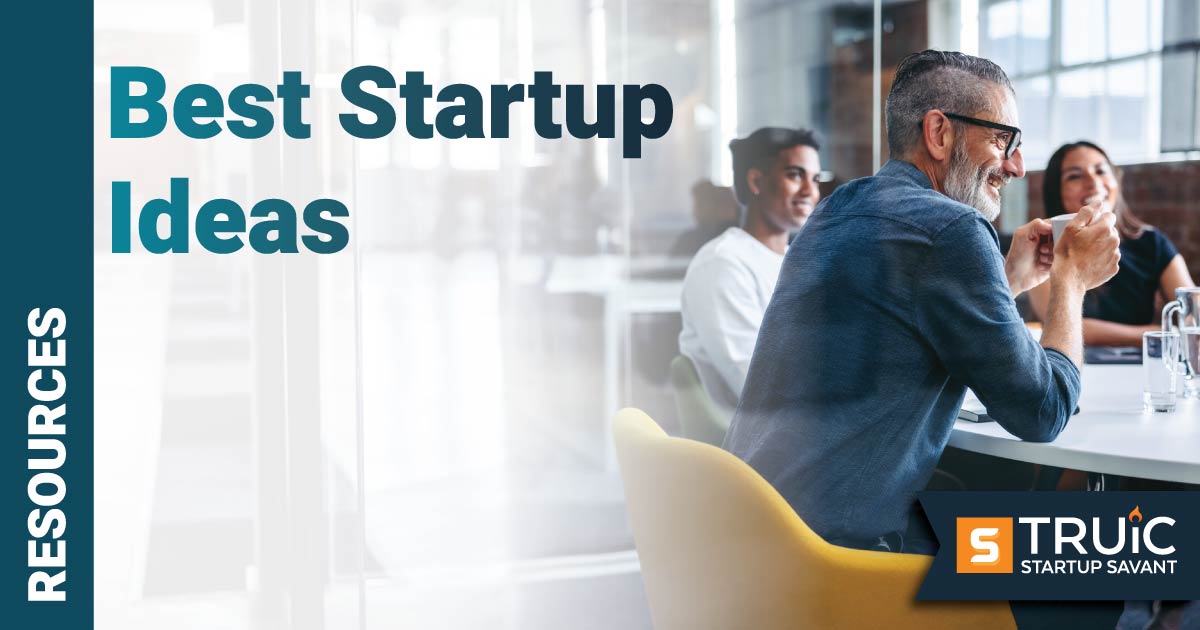What Is the Lean Startup Methodology?

Last Updated: By Michaela Dale
The traditional business model doesn’t work for everyone. When Eric Ries developed the lean startup methodology, he knew this and aimed to create an alternative, experiment-based approach to entrepreneurship and product development.
Using five startup principles, the lean startup approach allows entrepreneurs to rapidly develop products and build sustainable startup models. If you’re looking for an unorthodox approach to startups and product development, you’re in the right place.
Understanding Lean Startup Methodology
Launching a startup has traditionally followed the same model: come up with an idea, develop a business plan, find investors, and perfect your product before putting it on the market. However, with a large number of startups failing, it's safe to say there’s room for improvement in this traditional startup model.
Enter the lean startup methodology, which involves a more experimental and non-traditional approach to entrepreneurship and product development. This unconventional approach uses a cyclical route to develop products and test the viability of business models.
The methodology relies heavily on customer feedback to quickly identify what’s working and what isn't within the product or business model. Then, the startup will pivot (change direction) or persevere (stay the course). This process can help build a more successful entrepreneurial business by reducing the time and resources needed to determine if a new business idea is viable, thereby minimizing risk and increasing the chances of success.
Traditional Business Plan vs. Lean Startup Approach
Traditional startup business plans and the lean startup methodology approach the creation and development of new businesses in fundamentally different ways. Here’s a look at these differences in three key areas:
- Business Planning — Traditional business planning involves more upfront planning and forecasting during the early stages while the lean startup model involves more iterative and flexible planning focused heavily on real-world feedback.
- Product Development — Traditionally, product development involves developing a full-featured product based on the initial business idea. In contrast, lean startup methodology involves developing only a minimum viable product (MVP) to generate valuable feedback.
- Market Entry — Startups using traditional business planning methods commonly enter the market with a fully developed product. In contrast, lean startups revolve around a continuous feedback loop that allows them to introduce a product and ideate after it goes to market based on consumer feedback.
Traditional business plans rely on extensive upfront planning and a big market launch while the lean startup methodology focuses on learning and adapting through continuous iterations, customer feedback, and agile product development.
Lean Startup Principles
The lean startup methodology involves five foundational principles that adapt the traditional startup model to help entrepreneurs build repeatable, sustainable business models.
1. Entrepreneurs Are Everywhere
One of the most important principles to remember as an entrepreneur is you don't need to fit a mold to be a successful lean startup entrepreneur. Entrepreneurs come from all backgrounds, from all walks of life, and from all over the world to build companies that become wildly successful. The key is using your unique outlook and skill set to innovate in an industry and challenge the status quo.
2. Entrepreneurship Is Management
While your focus as an entrepreneur is most likely to develop and distribute your product, you need to simultaneously juggle managing your company. Knowing when to pivot, adapt, and retool your business model or product is essential to building a sustainable startup and keeping your investors happy. This principle focuses on accommodating the parties who hold you accountable (e.g., your investors) to ensure they’re comfortable with the trajectory of their investment while you navigate the constant changes required during the startup stage.
3. Validated Learning
One of the hallmarks of startup companies is learning how to create a repeatable, successful startup model. Validated learning takes this concept and focuses intently on customer validation vs. revenue alone. Using the validated learning principle, entrepreneurs can scientifically calculate the amount customers spend on their products, the return on investment per customer, and how to create sustainable growth.
4. Innovation Accounting
To improve entrepreneurial outcomes and hold innovators accountable, startups need a new kind of accounting designed for them — and the people who hold them accountable. This principle emphasizes the importance of measuring progress, setting milestones, and learning how to prioritize work. This helps startups make better decisions about where to direct their resources.
5. Build-Measure-Learn
Sometimes good enough is just that — the product in its most basic form works and is fit to ship. This is where the “build-measure-learn” principle begins. The concept is to start without the expectation of getting it right the first time so you can measure success and learn how to create a better product. This principle depends on your ability to absorb feedback and adapt your business to create a straight path to success.
What Is the Build-Measure-Learn Feedback Loop?
The build-measure-learn feedback loop contains the key steps of the lean startup methodology, emphasizing rapid and continuous learning. It's a cyclical process that startups use to develop products and services in a way that efficiently discovers and addresses customer needs. Here's an overview of each step in the loop:
Build
This is the initial innovation process for your product. Start by building an MVP — the simplest version of your product that allows you to start the learning process as quickly as possible. The MVP should have just enough features to attract early adopters and validate or invalidate a hypothesis about the product and its market.
Measure
Once the MVP is in the hands of users, the next step is to measure how they interact with it. This involves collecting data on user behaviors, preferences, and feedback. The goal is to gather empirical evidence about how well the product meets the market's needs. Key metrics could include user engagement, conversion rates, and customer feedback.
Learn
With the data collected, startups must then learn from it. This is where you analyze the data to understand if your product meets the needs of your customers. If it is, you can continue to develop it further. If not, you might need to pivot — making a fundamental change to your product based on what you've learned.
Examples of the Lean Startup Process
Some extremely successful startups and companies use the lean startup methodology to develop new products or pivot their business model to create the most viable startup possible. Here are a few examples of companies you never knew used lean startup methodology to become successful:
Dropbox
The wildly successful content-storage startup Dropbox didn't go through the traditional product development process. Instead, founder Drew Houston started his company with an MVP that, through validated learning, he was able to fine-tune. Ultimately, this turned the platform and the startup into one of the most successful companies in Silicon Valley.
General Electric
General Electric (GE) hasn't always implemented lean startup strategies in its manufacturing. However, with a push to bring manufacturing back to the United States, GE began using the rapid product development strategies of the lean startup methodology to create better products. As a result, the company has seen improvements in the reception of its new products while gaining a competitive edge.
Slack
Slack, the office communication startup, didn't start as a communication app at all. Initially, it was a game called Glitch that the founders knew wasn't scalable. They then pivoted the business and developed a product based on their own company's communication style, resulting in Slack. Today, Slack has 2 million active daily users.
Zappos
When founder Nick Swinmurn started Zappos in 1999, it was an experiment. Unsure if consumers would want to purchase shoes online, he took to the streets to find local shoe stores that allowed him to take photos of their shoes and attempt to sell them online. Using the build-measure-learn feedback loop, Zappos developed a wildly successful startup model.
Final Thoughts
The lean startup methodology is an alternative to traditional product research and development that encourages entrepreneurs to experiment with less-than-perfect products and use validated learning to improve rapidly. Using these techniques, entrepreneurs can develop more consumer-friendly products and build a sustainable startup model.
Frequently Asked Questions
What does lean startup mean?
The lean startup methodology uses an unconventional, cyclical approach to develop products and test the viability of business models. The five principles of the lean startup methodology give entrepreneurs pillars of support to rapidly develop their product through validated learning and, in turn, create a sustainable startup model.
Who developed the lean startup methodology?
American entrepreneur Eric Ries developed the lean startup methodology in 2008 to give entrepreneurs and high-profile companies a better strategy for developing their products.
What are the basic principles of lean startup?
The five principles of the lean startup methodology are: entrepreneurs are everywhere, entrepreneurship is management, validated learning, innovation accounting, and build-measure-learn.
Who uses lean startup?
The lean startup methodology has been used by hugely successful startups, such as Slack and Dropbox. It’s also a popular methodology among existing businesses and large corporations like General Electric that use the principles of lean startups to develop stronger, more appealing products.
What is the difference between the lean startup methodology and a traditional business model?
While the traditional business model entails developing a business plan, finding investors, and moving through the standard product development process, the lean startup methodology focuses on experimentation. This means lean startups put products on the market to rapidly learn how to improve them instead of putting the product through long periods of testing.
What is a minimum viable product (MVP)?
An MVP is a product that’s “good enough," meaning it isn't the end goal — simply usable. This is the first step in the build-measure-learn feedback loop. From this point, entrepreneurs absorb customer feedback and adapt their products to meet market demand and create a more sustainable startup model.
What is a business model canvas?
A business model canvas is a visual chart created by Alexander Osterwalder that entrepreneurs use to develop new business models or assess existing ones. In its essence, it’s a lean startup template that helps entrepreneurs manage their customers, finances, value proposition, and infrastructure.
What is a lean canvas?
A lean canvas is an adaptation of the business model canvas, created by Ash Maurya. Created in tandem with the lean startup methodology, this one-page actionable template allows you to plan your business efficiently by focusing on problems, solutions, key metrics, and competitive advantages.


